What to do in Haiti: 20 must-sees and must-dos
Anto
07 Feb 2024
Haiti, a land of contrasts and resilience, invites travellers to discover its rich history, vibrant culture and breathtaking landscapes. Despite the challenges it faces, Haiti captivates with its idyllic beaches, majestic mountains and unique cultural heritage. Port-au-Prince, the capital, offers a fascinating mix of art, music and history, while Cap-Haïtien, to the north, serves as the gateway to the Citadelle Laferrière, a UNESCO World Heritage engineering marvel. Lovers of nature and adventure will be captivated by the opportunities for hiking in the National Parks and relaxing on secret beaches. Haiti promises an unforgettable experience, marked by the warm welcome of its inhabitants, eager to share the beauty and diversity of their island.
Your online travel health insurance
Start your quotation now and obtain your medical insurance certificate, which insures medical expenses according to the country’s needs.
Before you head off to the various places we’ll be mentioning in this article, you can find links below to local agencies that will enable you to travel within the country:
Citadelle Laferrière, located in the north of Haiti, near the historic town of Cap-Haïtien, majestically dominates the green peaks. This immense fortress, visible for miles around, is a powerful symbol of Haiti’s struggle for independence. Main points of interest include its imposing walls and ancient cannons.
On-site activities are varied. Visitors can explore the vast interiors, admire the breathtaking views of the surrounding mountains and learn more about the history of this unique building on guided tours.
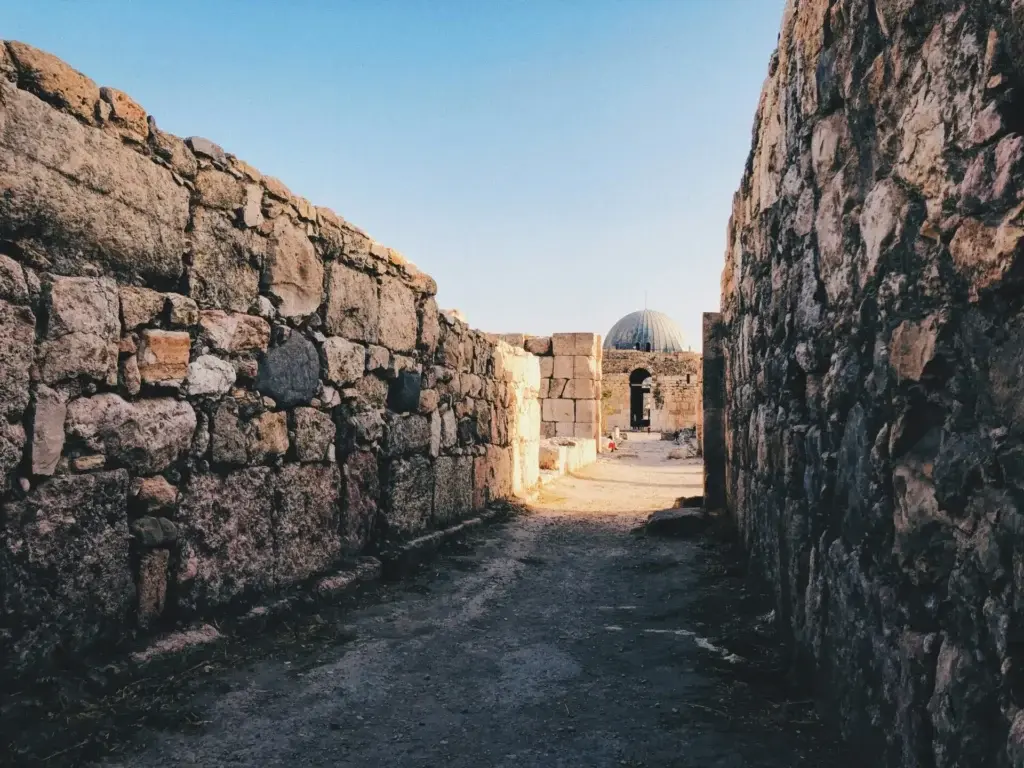
Once an opulent royal residence, this historic site is now a fascinating ruin that attracts visitors from all over the world. Its gardens and ruined architecture are its main attractions.
Visitors can explore the remains of the palace, immerse themselves in Haitian history and admire the construction techniques of the period. Strolls through the surrounding gardens offer a glimpse of the site’s past grandeur.
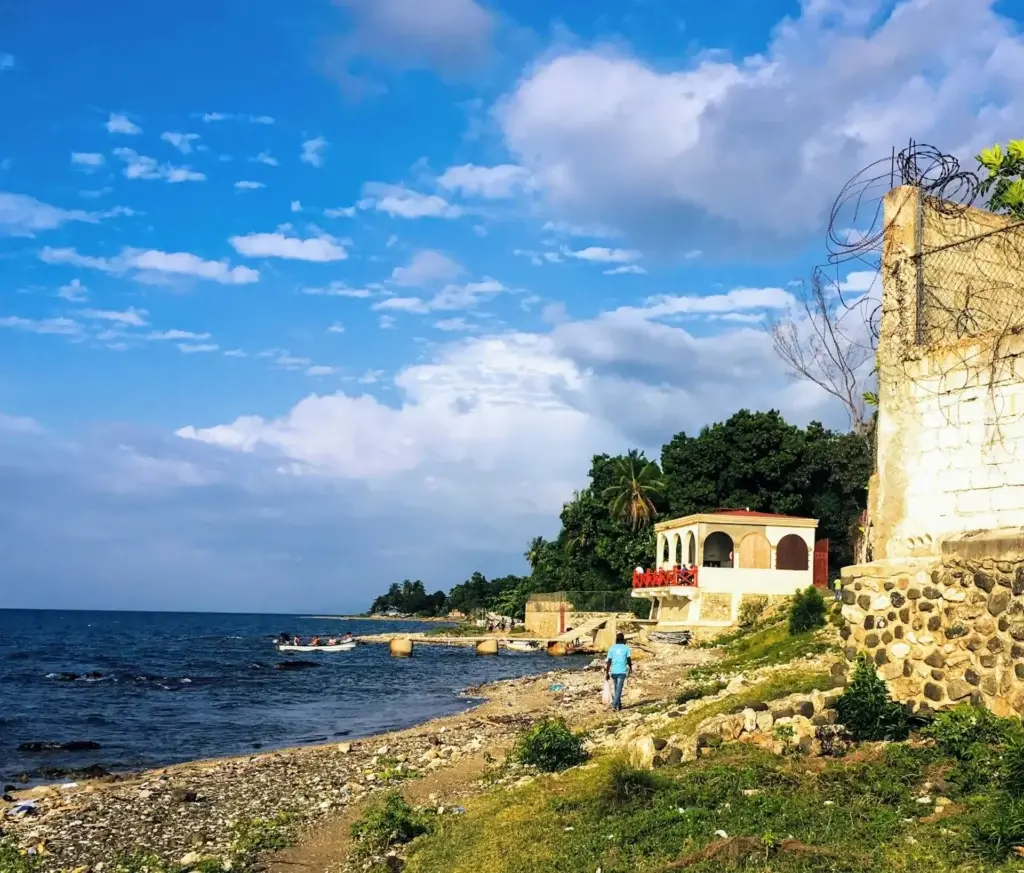
Jacmel, on Haiti’s south coast, is famous for its picturesque French colonial architecture and cobbled streets that tell the story of centuries of history. The town is surrounded by tranquil beaches and mountainous landscapes, providing a spectacular backdrop. Points of interest include the old town, art market, and artisan galleries.
There’s plenty to do in Jacmel: explore art galleries, relax on nearby beaches, and take part in local festivals, including the annual carnival, renowned for its colorful costumes and street performances.
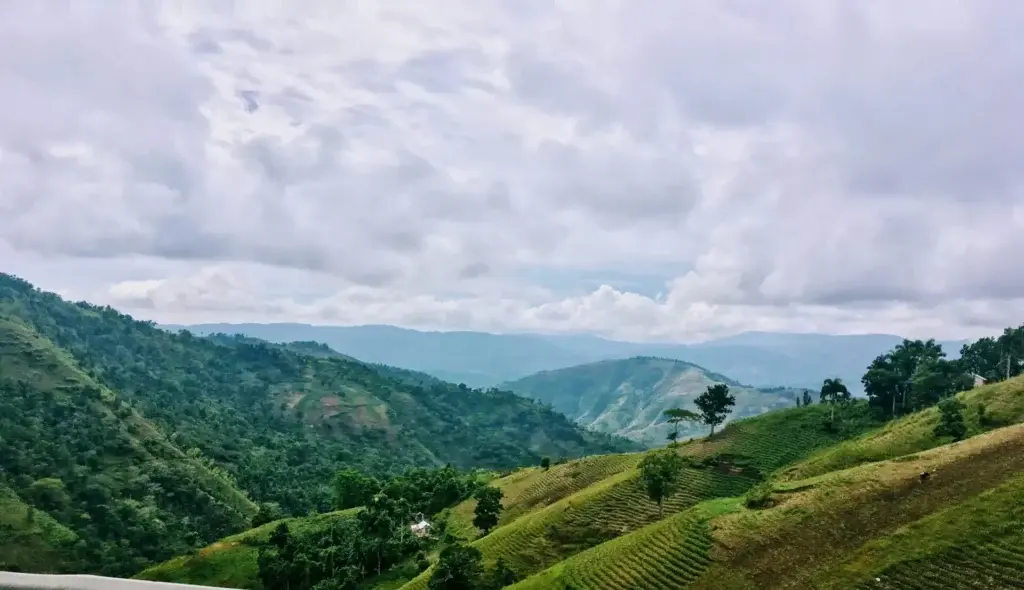
Bassin Bleu, hidden in the mountains near Jacmel in southern Haiti, is a series of natural freshwater basins with clear turquoise waters. It’s a true haven of peace, surrounded by lush vegetation and rocky cliffs. Natural beauty and waterfalls invite relaxation and adventure.
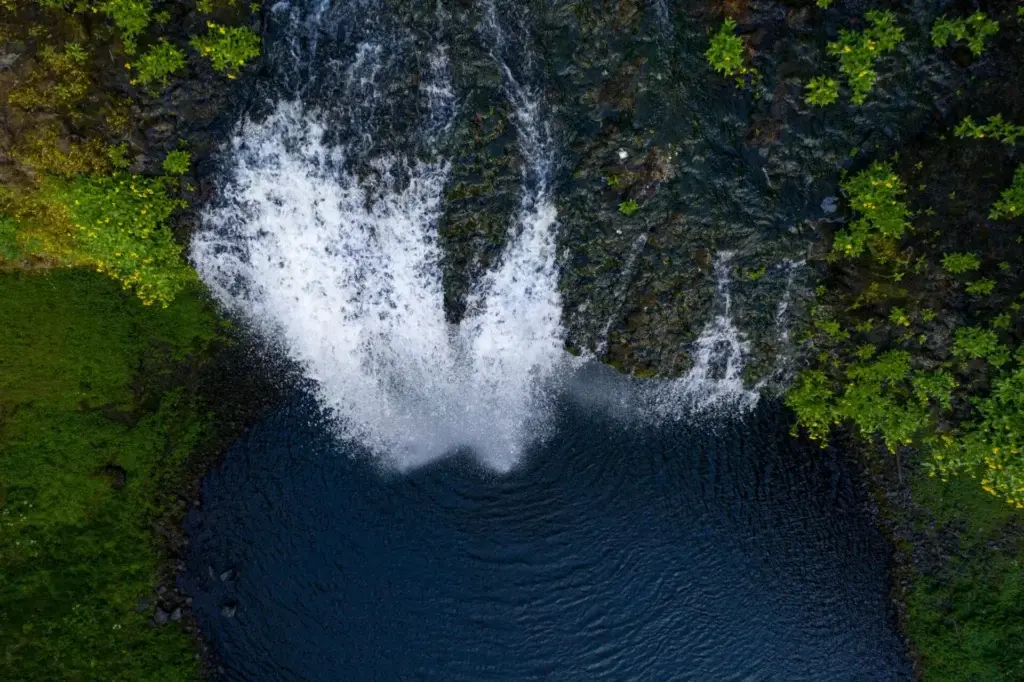
Labadee Beach, located on a private peninsula in the north of Haiti, is an exclusive spot known for its crystal-clear waters and fine sand. Surrounded by verdant mountains and accessible only to Royal Caribbean cruise guests, this destination offers a heavenly escape. Attractions include secluded beaches, a water park and water sports.

Grotte Marie Jeanne, near Port-à-Piment in southwest Haiti, is the country’s largest grotto. It offers a fascinating underground network of tunnels and rooms to explore. Surrounded by lush nature, it’s a hidden treasure for adventurers and cavers. Points of interest include its impressive stalactites and stalagmites, as well as its vast underground chambers.

Île-à-Vache, a tropical paradise off the south coast of Haiti, is renowned for its pristine white sand beaches and turquoise waters. This idyllic spot, still largely untouched by mass tourism, offers a peaceful, natural setting. Visitors are attracted by its natural beauty, secluded beaches and small, friendly communities.
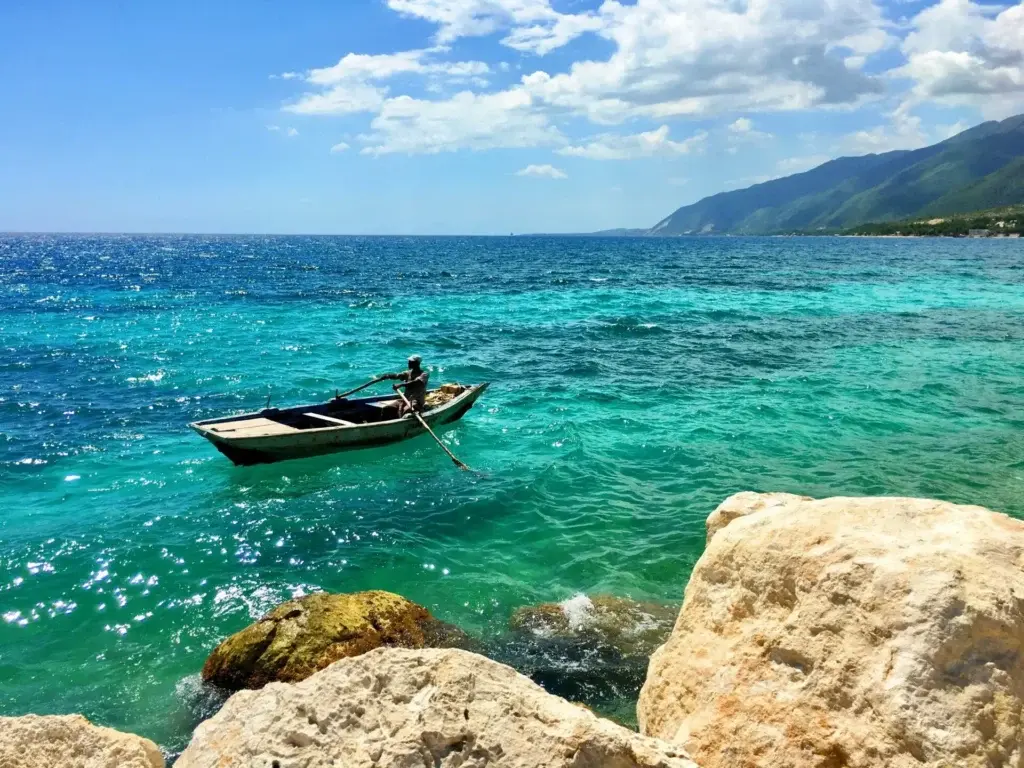
The Musée du Panthéon National Haïtien (MUPANAH), located in the heart of Port-au-Prince, is a sanctuary dedicated to the history and culture of Haiti. It houses precious artifacts that tell the story of the struggle for independence, the culture of the indigenous Taino people, and the colonial and revolutionary periods. Highlights include relics of independence heroes and broken chains symbolizing freedom.
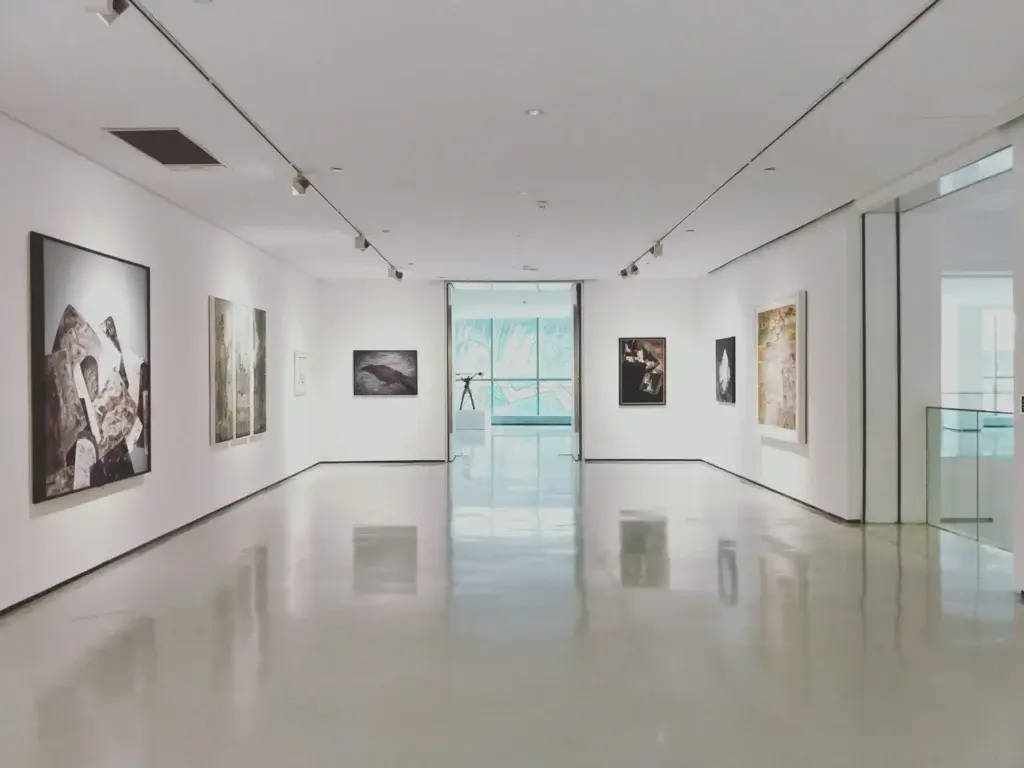
The Marché en Fer, located in the heart of Port-au-Prince, Haiti, is a vibrant emblem of Haitian life. Rebuilt after the devastating earthquake of 2010, this historic market is a kaleidoscope of colors, sounds and smells. It’s known for its distinctive wrought-iron architecture and is home to a myriad of vendors offering handicrafts, spices, exotic fruits, and much more.
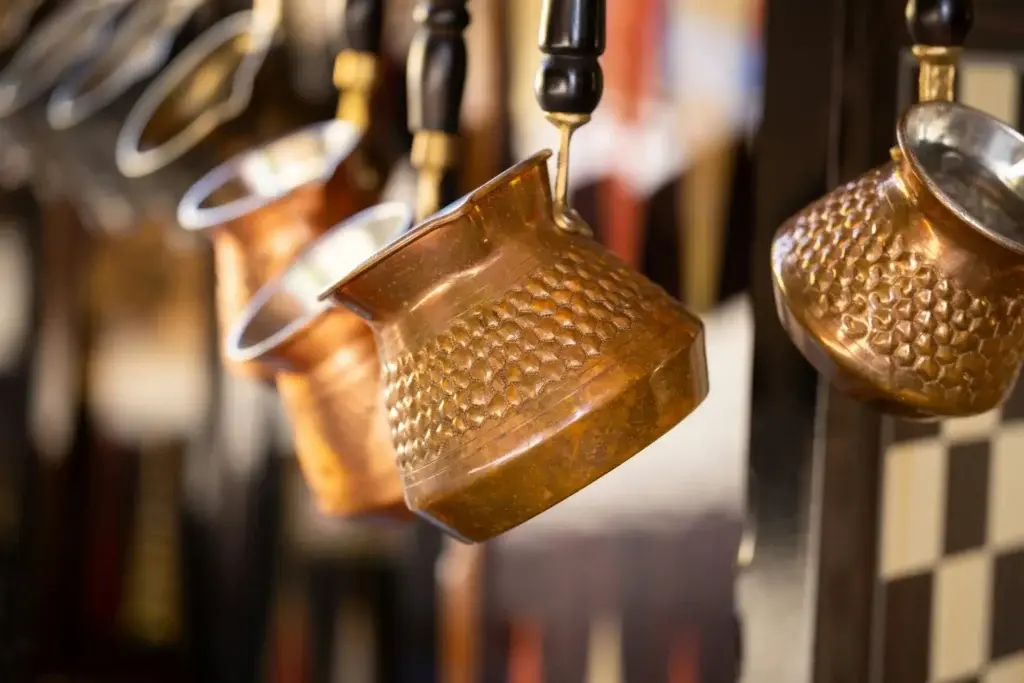
Saut-d’Eau, nestled in the central mountains of Haiti, is famous for its magnificent waterfall and its spiritual importance. This destination attracts not only nature lovers, but also pilgrims seeking spiritual blessings and healing. The waterfall, surrounded by lush vegetation, creates a breathtaking natural spectacle.
Activities at Saut-d’Eau include swimming in the refreshing waters at the foot of the waterfall, hiking in the surrounding area to explore the local flora and fauna, and taking part in the voodoo ceremonies held every year. It’s a unique experience that combines natural beauty with cultural depth.
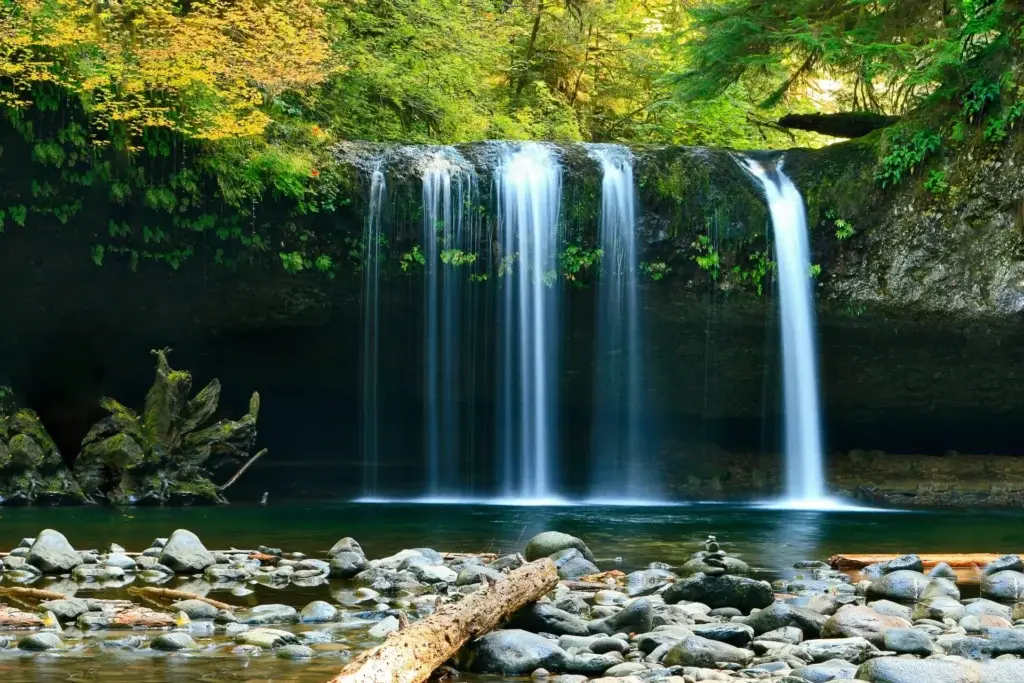
Cap-Haïtien, on Haiti’s north coast, is a city rich in history and culture, offering a unique glimpse into the country’s colonial past. Its cobbled streets and well-preserved architecture transport visitors back in time. Points of interest include the Cathedral Notre-Dame de Cap-Haïtien and the Place d’Armes, in the heart of the city.

Fort Jacques, set in the mountains overlooking Port-au-Prince, Haiti, offers breathtaking views of the capital and the bay beyond. Built shortly after Haiti’s independence to protect the country from invasion, this historic site is a testament to Haiti’s resilience and national pride. Visitors can admire the ancient fortifications, period cannons and ruined buildings.

The Citadelle, Sans Souci, Ramiers National Historic Park, a UNESCO World Heritage site, is located in northern Haiti. This exceptional site includes the majestic Citadelle Laferrière, the ruins of the Palais Sans-Souci, and the Ramiers complex. These monuments bear witness to Haiti’s rich history and struggle for independence from France in the early 19th century.
A visit to this park offers a plunge into Haitian history, allowing visitors to discover impressive architecture and breathtaking scenery. Hikes to the Citadelle reveal spectacular panoramic views, while exploring the ruins of Sans-Souci invites reflection on the island’s glorious past.
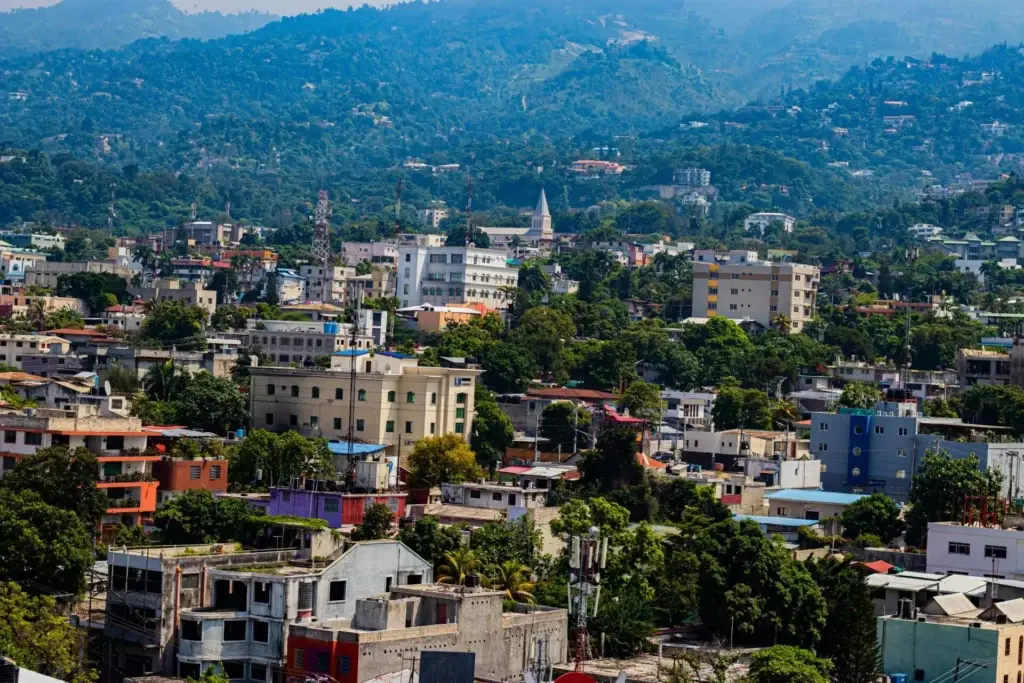
Port-au-Prince, Haiti’s bustling capital, is set in the bay of the Gulf of Gonâve, offering spectacular views of the turquoise waters and surrounding mountains. This dynamic city is the cultural, economic and political heart of the country, home to colorful markets, historic institutions and a lively art scene. Points of interest include the Musée du Panthéon National Haïtien (MUPANAH) and the Marché en Fer.

Plage de Port-Salut, on Haiti’s southwest coast, is a popular destination for its tranquil atmosphere and picturesque scenery. This white-sand beach is bordered by crystal-clear waters and sloping palm trees, providing the ideal setting for relaxation and escape. Port-Salut attracts visitors seeking serenity away from the crowded tourist areas.
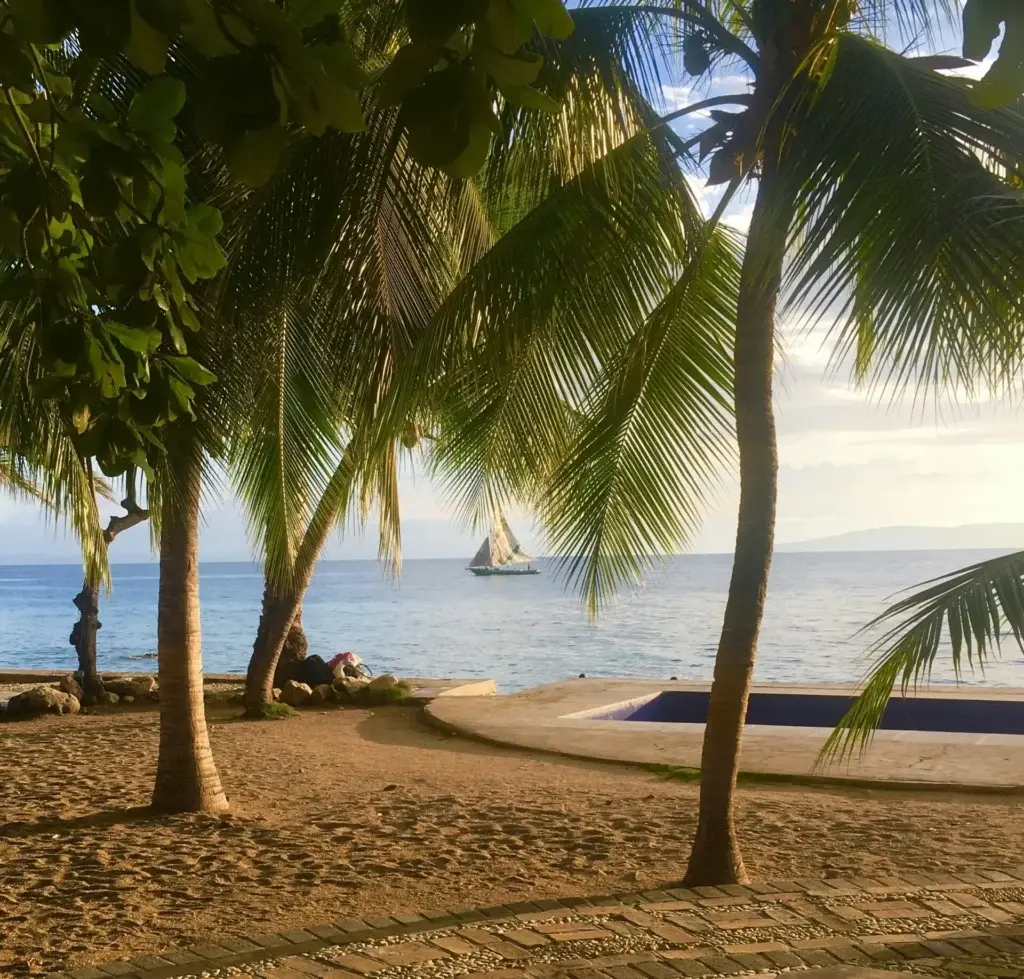
Kokoye Beach, one of Haiti’s hidden gems, is hidden from view, accessible only by boat or after a walk along picturesque paths. This secluded beach is famous for its fine white sand, crystal-clear waters and lush vegetation that frames the shoreline perfectly. It’s the epitome of a tropical paradise, offering the perfect escape for those looking to get away from the hustle and bustle and connect with nature in its purest form.
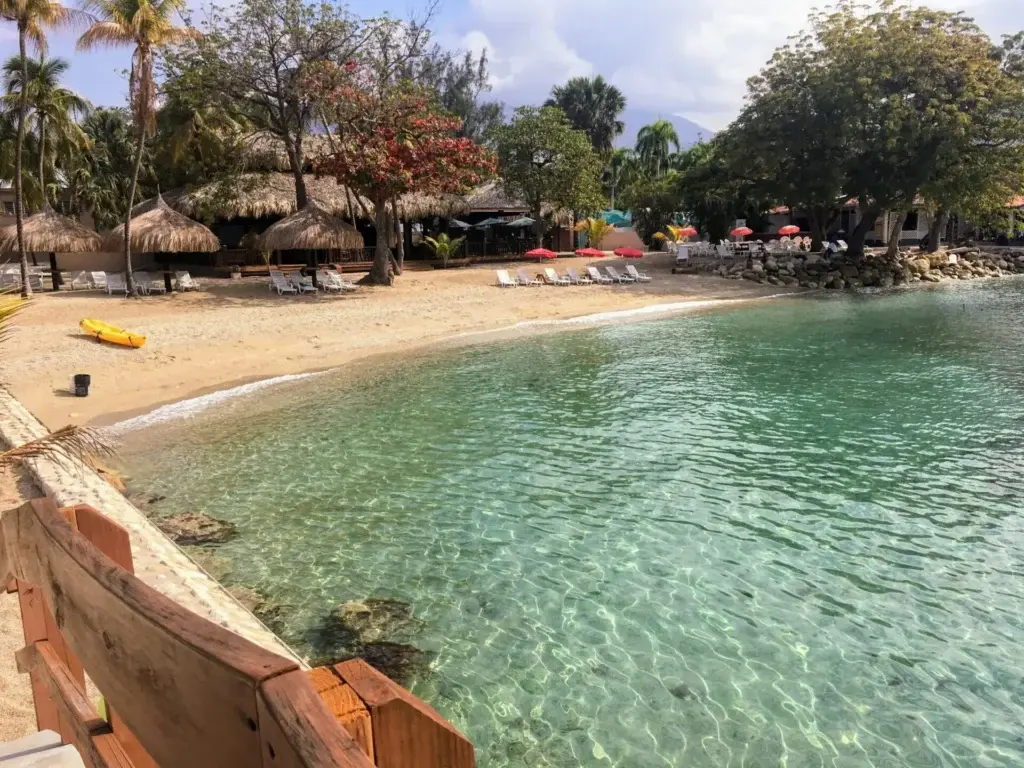
Anse-à-Pitres, located in the extreme south-east of Haiti along the border with the Dominican Republic, is a small coastal town known for its peaceful atmosphere and unspoilt natural setting. This frontier community offers a unique insight into daily life in Haiti’s less-developed regions, where fishing and small-scale trade dominate the local economy. Visitors are attracted by the simplicity and authenticity of life in Anse-à-Pitres, as well as by the natural beauty of the surrounding area.
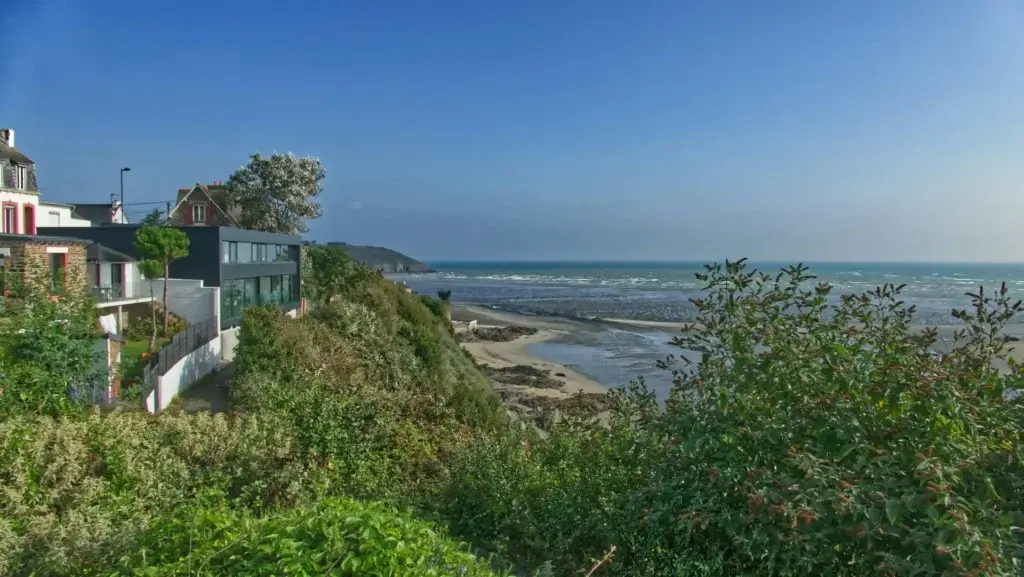
Standing majestically in the heart of the Pic Macaya National Park in southwest Haiti, Pic Macaya is one of the last bastions of the island’s exceptional biodiversity. This peak, the second highest in Haiti, rises to around 2,347 meters above sea level and is home to dense cloud forests, endemic species and a surprising variety of flora and fauna, including rare orchids and unique birds.
Hikers and nature lovers who visit Pic Macaya are rewarded with breathtaking panoramic views, trails through varied ecological landscapes, and the opportunity to observe plant and animal species found nowhere else. It’s an exceptional adventure for those looking to immerse themselves in unspoilt wilderness.
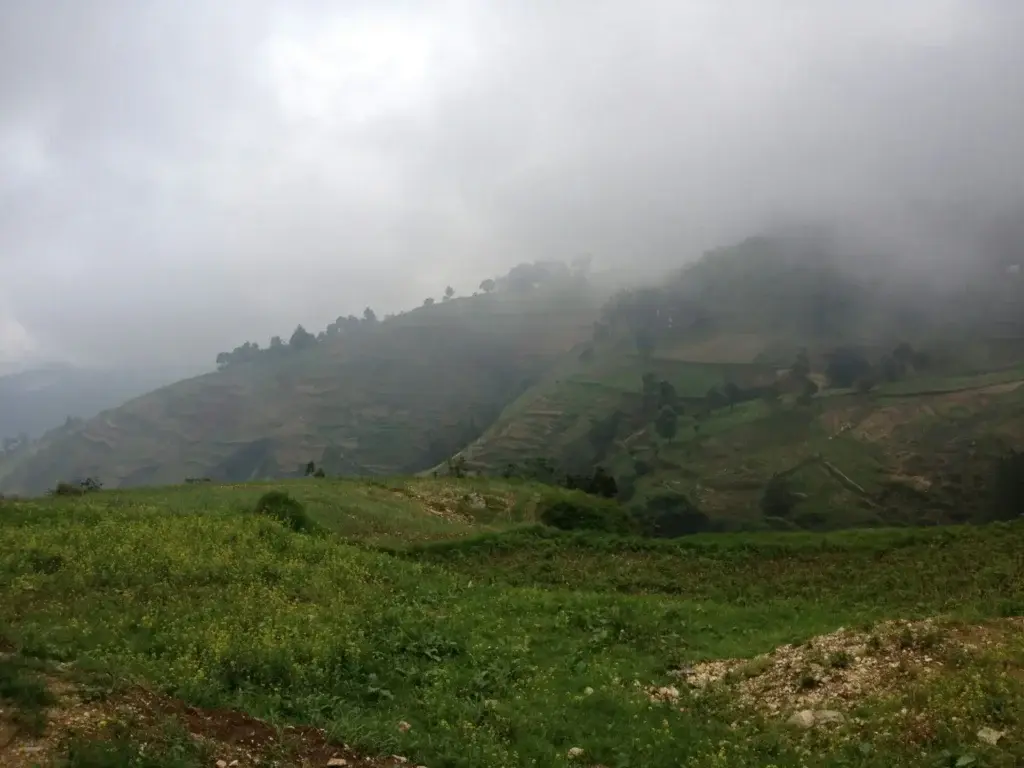
The Grottes de Dondon, located in the mountainous region of northern Haiti near the town of Dondon, are a complex network of limestone caves full of impressive geological formations. These caves, silent witnesses to Haiti’s pre-Columbian and colonial history, were once used by the Taino peoples, the island’s first inhabitants, as hiding places during periods of revolt and conflict.
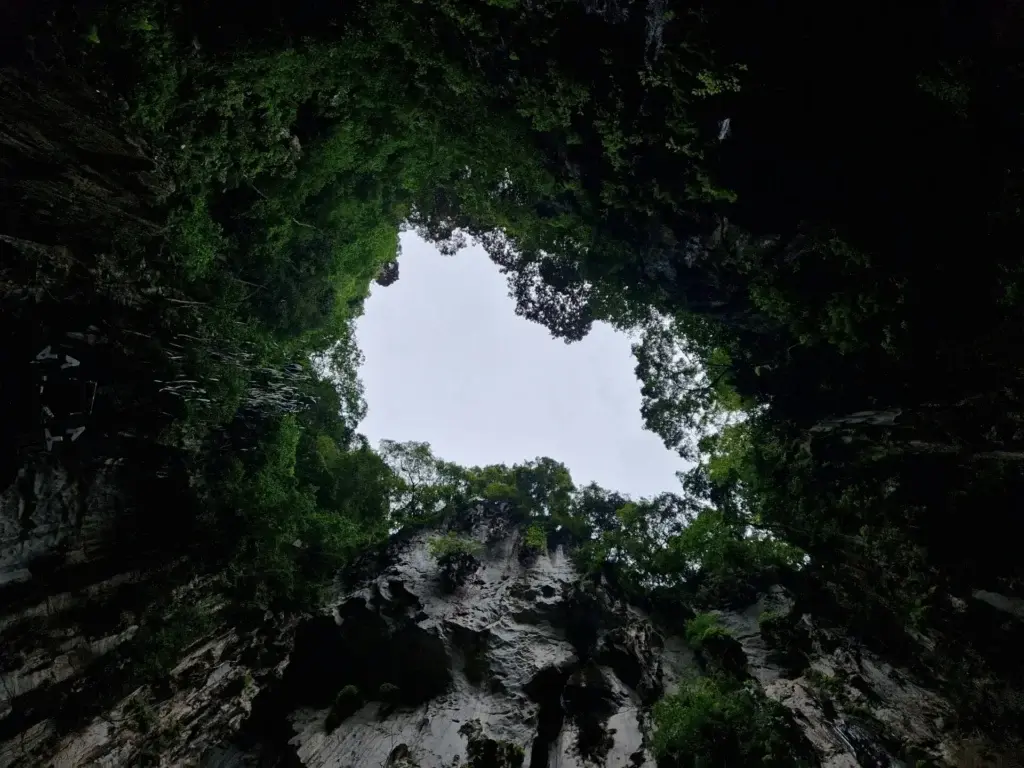
The Jacmel Valley, nestled in the lush mountains of southeastern Haiti, is a region of breathtaking natural beauty and cultural richness. This peaceful area is famous for its coffee plantations, hidden waterfalls and picturesque villages. The valley offers panoramic views of the surrounding mountainous landscape and the Caribbean Sea in the distance, making it an ideal setting for hikers, nature lovers and those seeking to discover Haiti’s rural heritage.
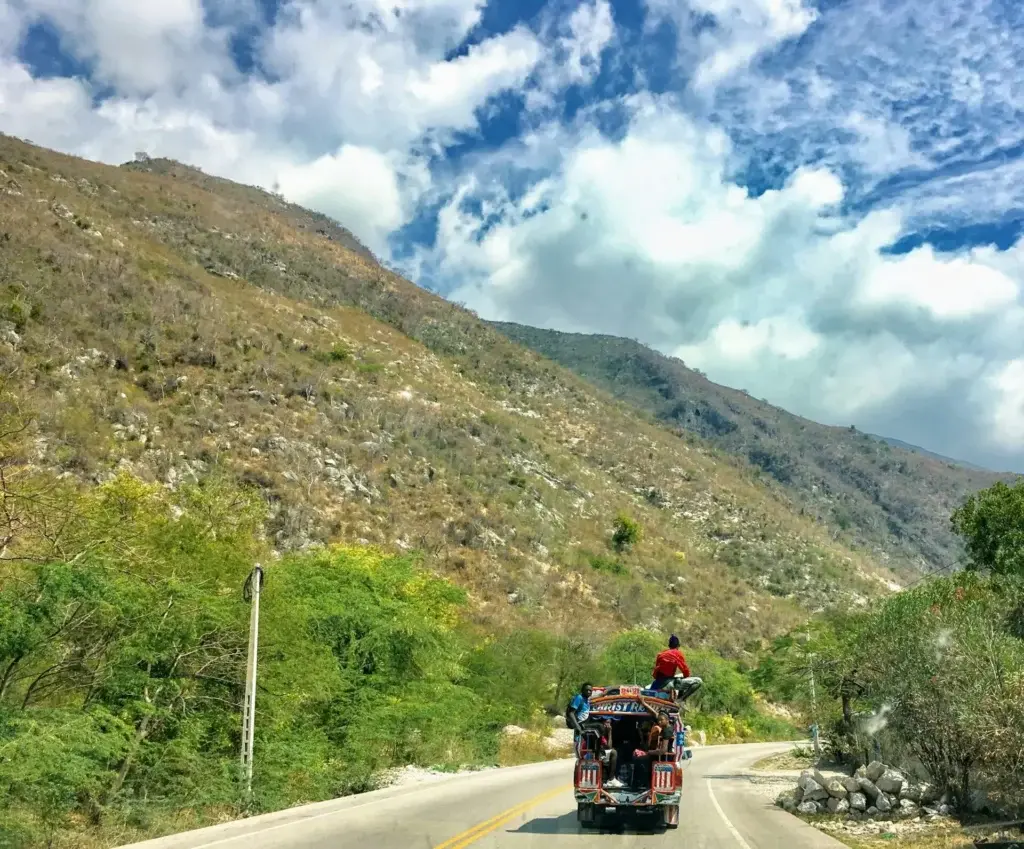
Do you have any questions?
Our teams are here to advise you!

4,3/5 on Trustpilot

Certified partners

Human & committed service

Customized offer

Optimal coverage